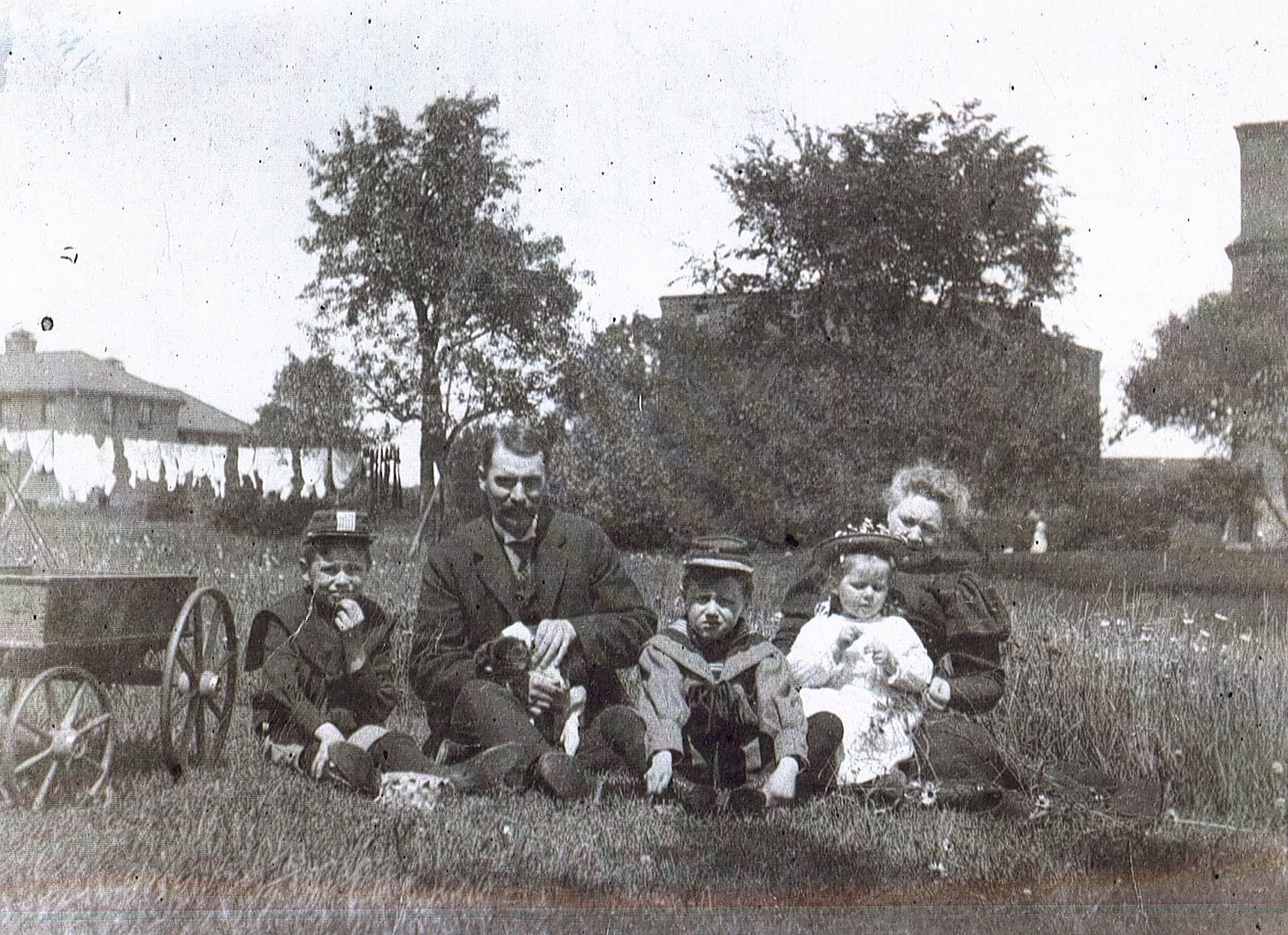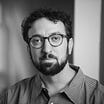Creating community with disabled people, not delivering services for them
What we can learn from a village in India, a small town in Belgium, and the founders of the Disability Pride Parade about integrating disabled people as full members of our communities
In 1924, Walter Fernald, the world’s leading figure on intellectual and developmental disabilities, got up before all of his colleagues in Washington D.C., summarized his 35 years of work, and then upended it. In a stunning speech, he argued that the massive, segregated “state schools” he had helped build the world over should be radically “de-centralized” instead—the first use of deinstutionalization as a concept—and that the stereotypes of disabled people, which he called “The Legend of the Feeble-Minded” should be abandoned.
Instead of policing disabled people, Fernald argued that government should spend its time dealing with communities that treated disabled people badly. It was a fleeting dream. Later that year, Fernald died. His story was lost to time, in large part, because non-disabled people weren’t about to embrace these ideas and shift their focus to their own behavior.
To my fascination, Fernald was disabled, and I am disabled in very similar ways. I have experienced profound bouts of depression and periods of intense anxiety and mania. I also obsess. Having now completed a biography of Fernald based on his papers, I’m left wondering what the world he was calling for could look like if we picked up where he left off and started building it a century after his death.

Today, there are countless disability communities, but these are communities of identity, often organized in response to threats against us. They are no substitute for the thing we are denied: access to embedded community in a sense that is not qualified by disability. To envision what it could look like for disability communities to become seamlessly integrated into the local communities that do not seem to want us, one premise must be accepted at the outset: our lives must be seen as having inherent worth and value.
From there, perhaps the contours of that world can be found in what people are already doing.
Take, for instance, my former student, who once told me about growing up with a large extended family in one complex in India. For as long as he could remember, he knew that his aunt was valued as the one member of the family to whom the care and understanding of infants and toddlers was entrusted. She has Down syndrome and she sits in the most prized role of any family unit in the history of humankind: a matriarch raising multiple generations of a family who spend their most precious days with her as children. Nor does this seem unusual in the broader community where they live. Instead, it would be unusual to do otherwise.
Sadly, many disabled people are without family. For 700 years, Geel, Belgium has filled that space by pairing non-disabled people with housemates who have complex mental illness and intellectual disabilities. As Angus Chen wrote in a beautiful 2016 NPR profile of Geel, “It isn't meant to be a treatment or therapy. The people are not called patients, but guests or boarders. They go to Geel and join households to share a life with people who can watch over them.” That last phrase catches me. Watching over can mean a cruel form of surveillance, but at its best, it is accompaniment, an idea central to being seen, known, and cared for in community.
This seems to be what the motley crew of disabled people who founded America’s first disability pride parade in Boston were after. They came together to write a manifesto and plan their parade in the months leading up to the passage of the Americans With Disabilities Act (ADA) in 1990. They knew the importance of the ADA. Many had fought for it, and they respected the peers they had fought alongside. They also understood that all the legislation in the world could still set a floor rather than a ceiling—that is, they knew that legal rights could easily replace human rights with the cruel, cold language that reduces disabled people to services. Disability pride was intended to celebrate a fundamental premise: the disability community belonged in the most emblematic of shared communal spaces in Boston, the Boston Common.

These things provide us clues for how to begin living differently. While the wholesale change I would like the world to embrace may seem overwhelming, there are ways to begin.
Just a few years before Boston’s Disability Pride Parade, the great disability legal scholar and advocate Gunnar Dybwad lamented the very same problem the disability pride organizers had seen, and he scribbled down a credo intended to reject the idea of “service provision.”
Much like Fernald’s “Legend of the Feeble-Minded,” Dybwad concluded that the most important thing the non-disabled could do is resist the urge to make us different. The first step? Break bread with the disabled. “The proof of the pudding”—of a true commitment to equality—Dybwad quipped, “lies in sharing the meal!”
In the essence, soul, joy, and mess of a shared meal, perhaps we can start in the present and begin to build ephemeral moments of community that can grow over time, expanding a little earlier before the food is served, a little later after the plates are cleared, until it does the natural, simple thing that Walter Fernald was gesturing at, somewhere out beyond the “Legend of the Feeble-Minded.”
This is no philosophical exercise. In these seeds of community, in a house in India, a town in Belgium, and a city’s commons, there are disabled and non-disabled people living together, working together, and caring together—essential components of an embedded community. Where they are and where they have been, the disabled people in these stories are seen as a greater benefit to all people who value a deeper understanding of community. If we could translate this value as a way of living in all of our communities, we could relate to disabled people not as a grudging obligation, but as a defining source of pride, joy, and solidarity.
In communities where disabled people are inseparable from its defining features, many of the cursed features of our failed communities would necessarily fall away. Our hurried lives would be slowed by our insistence on living in ways where we naturally take the time necessary to fully live with our disabled neighbors and loved ones. Support would be a reciprocal act of care between disabled and non-disabled people, not a bureaucratic delivery of services. The spaces beyond our front doors would be understood as shared places for the full expression of who we are. These are all things we need, and perhaps disabled people possess a clarity about how we might all begin to build communities defined by these qualities, using the very attributes we have been subjugated for having for so long.
You can take the first step to ask what that world might look like. A shared meal could be the best place to start.







My family has a keen interest in this issue due to the work of my mother as a special education supervisor in a school district. Thanks for the post!
I am detecting a signal in the work I am pursuing that might help. If the pressure to "divide" the problem into lesser parts can be resisted (reductionism), then alternatives might be revealed. At least that appears to be the case for me on this issue. These "communities of identity" can also be coordinated to become group economic actors resulting in reaching an "embedded community" to a much greater degree than they currently are. Even if "seamless integration" remains elusive, that would be an improvement.
It is natural to reach out to affirm and validate and even support and protect those in whom we see our own weakness and vulnerability. This is a good and beautiful thing. This is a deep reorientation and a reminder of our shared humanity in a society where we have defined success as competitive, the survival of the fittest.